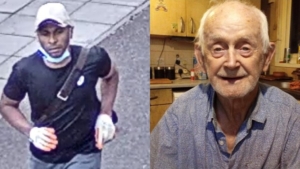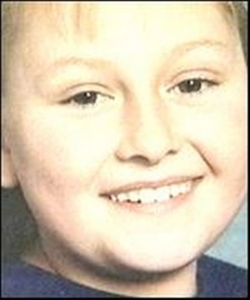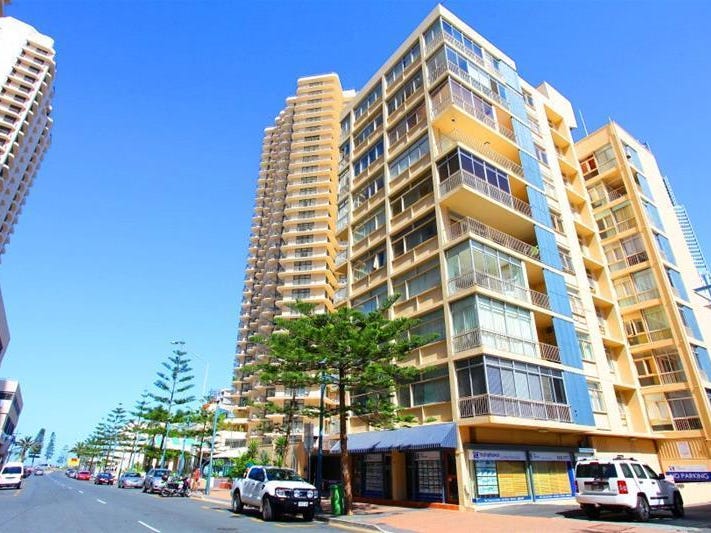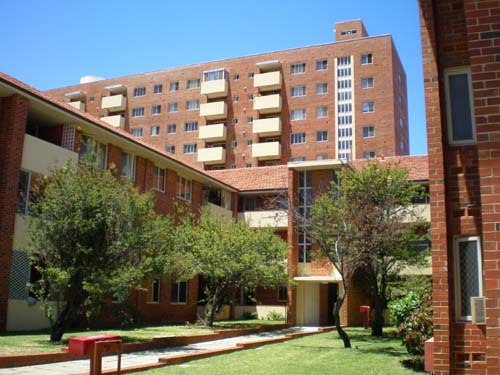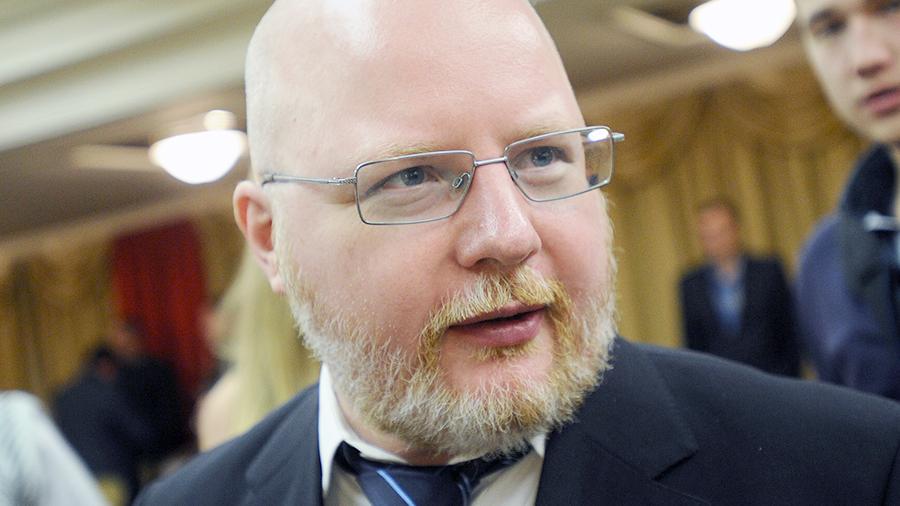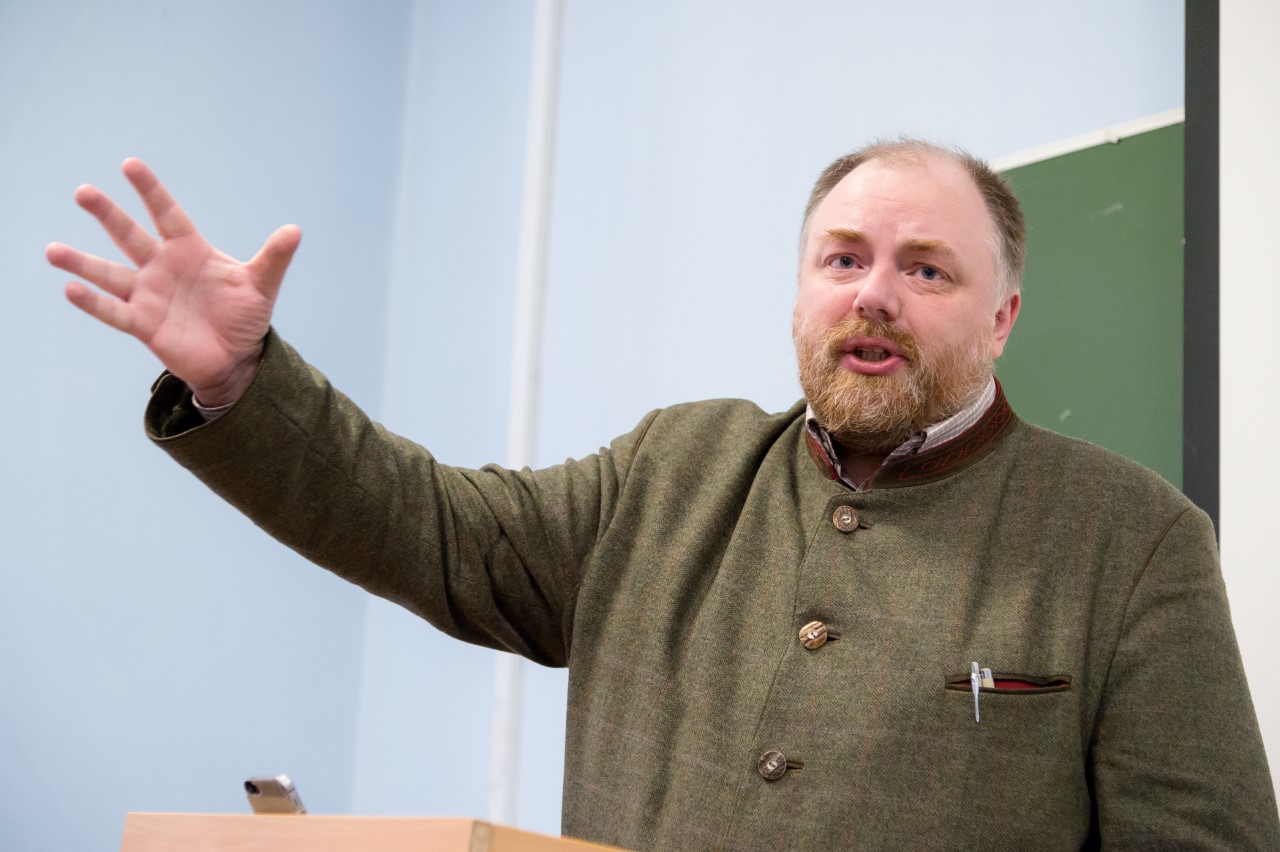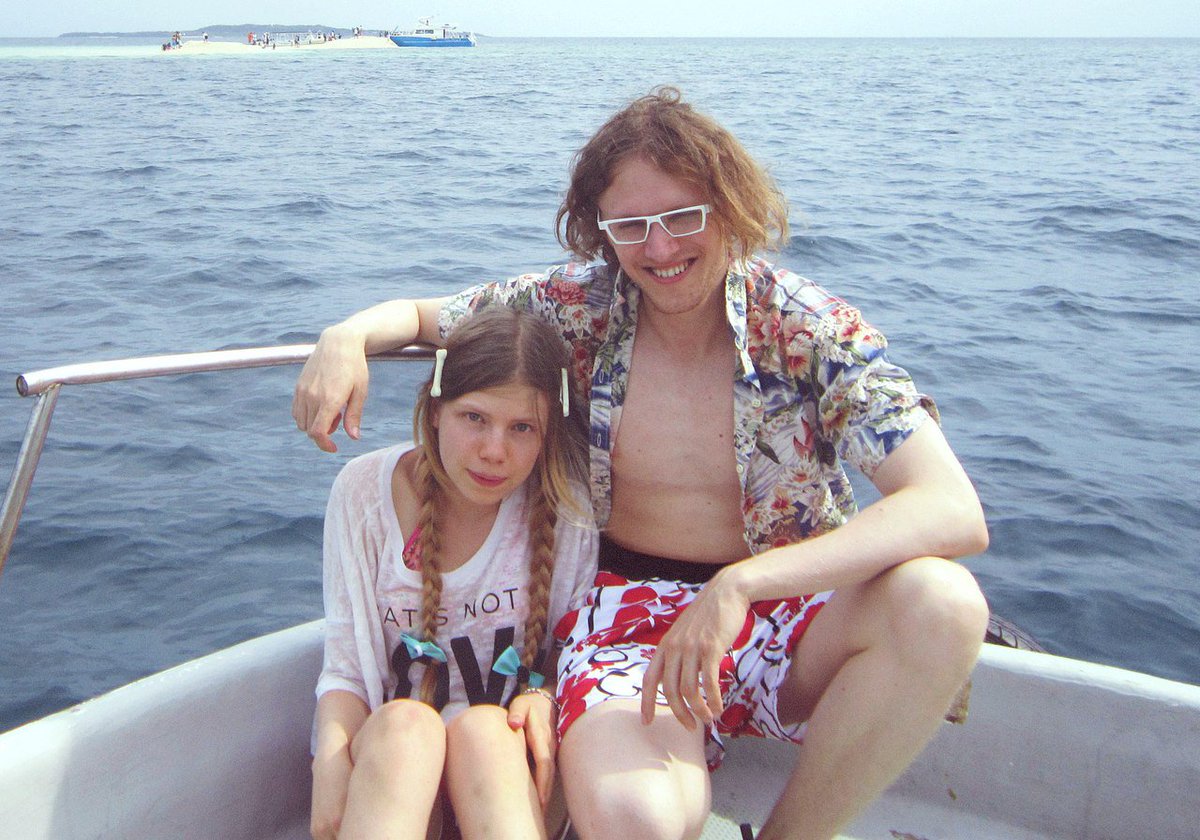Go to Part I.
Due to geographic constraints and restrictive rent controls, Sydney was never quite as suburban and low-density as Melbourne prior to World War II. Early flats were built for the working poor near industrial points of the harbor and luxury towers were constructed along Macquarie Street in the city centre, the first apartment precinct in Australia. The uptake of flats (and the associated stigma) grew during the inter-war years and blocks up to 10-stories high rose in the wealthy and cosmopolitan inner-east suburbs of Elizabeth Bay and surrounds, with no significant Jewish involvement in these events. This growth was in-part spurred by the rent controls of the Fair Rents Act 1915, the law heavily restricting rental returns on land, thus making flats more profitable ventures for wealthy landlords in these built-up areas than a single detached house. The tallest and most exclusive of Sydney’s early flat buildings was The Astor on Macquarie Street, built in 1923, which still possesses uninterrupted views over the Opera House and the harbor. At 13 stories, it was the tallest residential building in Australia for nearly 40 years until overtaken by Blues Point Tower in 1961. Famous occupants included the Jewish feminist Ruby Rich and heiress Dame Eadith Walker, and many of the flats were sold to wealthy pastoralists from rural New South Wales (NSW), who used them as a pied-à-terre.
Tolerated for the rich and used as a last resort to house the poor, these housing outcomes were never considered acceptable solutions for the growing middle-class Sydney population, neither from local residents, local councils, slum reformers or the New South Wales (NSW) state government of both the Liberal and Labor persuasion, all of whom preferred to promote the home ownership ideals of the Australian Dream while doing their best to mitigate flat uptake.[1] Anti-flat advocates focused their ire on the growth of flats around Kings Cross, which they argued contributed to the area becoming a morally disreputable centre, full of transient residents and rapacious landlords. The suburbs of Elizabeth Bay and Potts Point accounted for 92 percent of all flats in Sydney by the year 1928[2], the same year that the state government passed the Local Government (Amendment) Bill 1928, which allowed councils to prohibit residential flats. Popular opposition failed to make an impact in the post-war era when immigration increased the pressure for development, and the property industry secured the passing of the landmark Conveyancing (Strata Titles) Act in 1961. The law ended the era of flat developments being primarily a rental venture for investors and fully legalized owner-occupier arrangements, allowing flats and towers to flourish, as developers no longer needed to front the full capital costs of the building and could expect only rental returns for their efforts. The intent of strata titles, at least for the governing NSW Labor Party, was to correct a decline in affordability and rental stock that occurred during the 1950s, which landlords argued came as a result of the failure to remove rent control laws. The scale of development that followed over the next two decades was beyond even the wildest expectations of those who drafted the Act.
After strata titles were introduced, the number of occupied flats and apartments skyrocketed, from just under 60,000 in 1954, to 252,000 by the end of the boom in 1981.[3] In Melbourne, fewer than 60 apartment blocks over 8 stories appeared between 1960 and 1980; in Sydney the figure was over 450, concentrated on the eastern waterfront suburbs of Port Jackson.[4] As in Melbourne, these developments were hostile to the cultural aspirations of Australians and aroused fierce opposition in the form of local anti-development groups and the powerful union-based “Green Bans” movement. Attempts by local governments to stem the tide of towers, responding to the howls of protest from ratepayers, achieved little. The boom ran out of steam with the economic downturn of the mid-1970s, when property prices fell and developers offloaded the last of their new flats, finally allowing breathing space for councils to reassess their planning codes and put in place blanket-bans on new towers.
More than any other ethnic group, Jewish property developers and architects would play a leading role in this change in the post-war period and into the twenty-first century, enormously overrepresented in re-shaping Sydney into a sprawling apartment metropolis with the densest population of any city in Australia. Modern property development powerhouses founded in this era—Meriton, Stockland and Mirvac—all have Jewish roots, as do prominent developers of the past such as Paul Strasser and Frank Theeman. Other Jewish property developers not covered in detail in this essay also consistently crop up in the annals of Sydney property history. Sidney Londish of Comrealty and Regional Land Holdings (also notable as an early exponent of shopping centers) and Frank Lowy and Robert Saunders (originally Jeno Schwarcz), founders of the Westfield shopping center empire, also had interests in apartment development. The strong spatial patterns of flat and apartment development in the eastern suburbs of Sydney during this period once again strongly correlate to the traditional Jewish suburbs of Bondi, Woollahra and Paddington (the equivalents of St Kilda in Melbourne), and the growth of the Jewish community from post-war migration into the areas around Kings Cross and Edgecliff. The same over-representative Jewish presence noted in the high-rise trend in Melbourne is evident in Sydney on an even larger scale. Between strata reform in 1961 and the year 1980, more than 50 percent of high-rise apartment developments above 15 stories involved some combination of a Jewish developer or architect.
As the following review will reveal, these Jewish developers varied in the quality of their output and in their moral scruples, but were all consistent in their character as early movers, innovators, and popularizers of the high-density alternatives to the Australian Dream. Gentile developers are counted among the minor players in the burgeoning flat and high-rise industry after 1961;[5] nevertheless to discuss the history of flat and high-rise property development in Sydney without reference to these Jews, would be to ignore the most important as well as enduring protagonists of this post-war revolution in Sydney’s urban form.
Parkes Developments
Starting off the review of the key Jewish players in the post-war era is a migrant from Hungary who fled from communist rule in 1948—Paul (Paulus) Strasser. Born to a wealthy Budapest family, Strasser emerged from small financial beginnings in Australia to build Parkes Developments—and its sprawling network of associated and subsidiary companies—into a flat-building empire throughout suburban Sydney, believed to be the largest landholder in Sydney at the time.[6] Co-founded with fellow Hungarian émigré Robert Ryko in 1956, Parkes’ development style piled building upon building, squeezing as many flats as possible onto the land, overwhelming the low-density landscape of the areas they chose to develop. The most egregious example of this may be found in the Sydney suburb of Eastlakes, where in 1961 Parkes Developments built an army of over fifty 3-story flat buildings on land that was once a disused racecourse now surrounding the Eastlakes Shopping Centre. The NSW housing commission rounded out the development with twin 9-story blocks overlooking the nearby single-story houses—designed by Harry Seidler. Other overbearing Parkes flat developments that aroused aggressive local opposition in Sydney include the waterfront redevelopments of the industrial foreshore around Leichhardt Street and Bortfield Drive in Chiswick, the Grace Campbell Crescent flat complex in Hillsdale. Parkes Developments also made many forays into 10-story plus blocks along the waterfront of eastern Sydney and in Kings Cross.
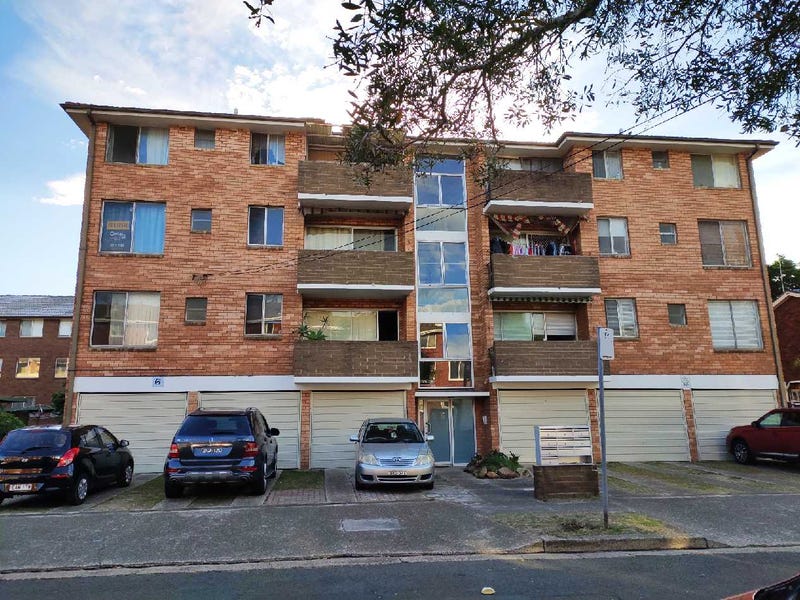
Part of the Grace Campbell Crescent flat complex
Strasser’s involvement with the closely associated banking and property company Development Underwriting Ltd (with Charles J. Berg and Robert Strauss) also produced a number of flat and retail developments throughout Australia, and his business empire spanned an estimated 70 companies, with interests as diverse as cattle breeding and oil and mining ventures. By the 1970s, an exact account of the ownership structure of Parkes and its intertwined companies became difficult to ascertain (structured primarily to avoid paying high tax rates on privately owned companies[7]) and allegations of corrupt dealings with NSW Premier Robert Askin, who knighted Strasser in 1973 for “services to building industry and charity,” dogged Strasser’s career. Parkes Development ultimately collapsed in 1977, tens of millions of dollars in debt and Strasser spent his latter years on the managing committee of Mirvac before his death in 1989. A benefactor of Jewish causes, Strasser led the creation of, and was President of Shalom College from 1972–1976, a college for Jewish students at the University of New South Wales.
Stockland
In 1952, Ervin Graf, an architect who arrived in Australia from Hungary in 1950, borrowed £3000 from Albert Scheinberg. From this loan, Graf built the retail and property behemoth Stockland, originally called Stocks & Holdings. Now for all intents and purposes a gentile-run company, Stockland is Australia’s largest property group, with diverse developments of apartments, offices, and shopping center complexes around Australia. Early principal directors Albert and John Scheinberg departed to form their own flat development company in 1974, taking up the suitably “goyisch” name McDonald Industries, but Graf remained at the head of Stockland until his retirement in 2000, the function attended by Prime Minister John Howard.[8] An advocate for high migrant intake and a pioneer in bringing high-rise living to Sydney, Graf was among the first to take full advantage of the changes to strata titles in 1961. Stockland began its venture in high-rise apartments in 1952 with a 20-story block at 8–14 Fullerton Street, Woollahra, adjacent to a Jewish hospital. Stockland’s crowning achievement in high-rise living came in 1964 when Graf completed the Park Regis Tower at 27 Park Street in the center of the city. Dwarfing the surrounding buildings, at 45 stories it was the tallest residential tower in Australia upon completion. Designed by in-house architect Frank Hoffer (also from Hungary), the tower soon became a popular residence for Sydney’s cosmopolitan elite and an icon for the changing cultural mores in Australia during the period.[9] Park Regis was unmatched in scale for an apartment tower in Australia for more than 15 years, retaining the title of tallest residential building in Sydney until as late as 1996 when it was eclipsed by Meriton towers. Another benefactor and President of Shalom College (from 1990–1993), the yearly Ervin Graf Memorial Oration was named in his honour and has hosted speeches by Jewish luminaries such as Deborah Lipstadt and Amos Oz; Graf donated to Jewish educational and other causes throughout his life.
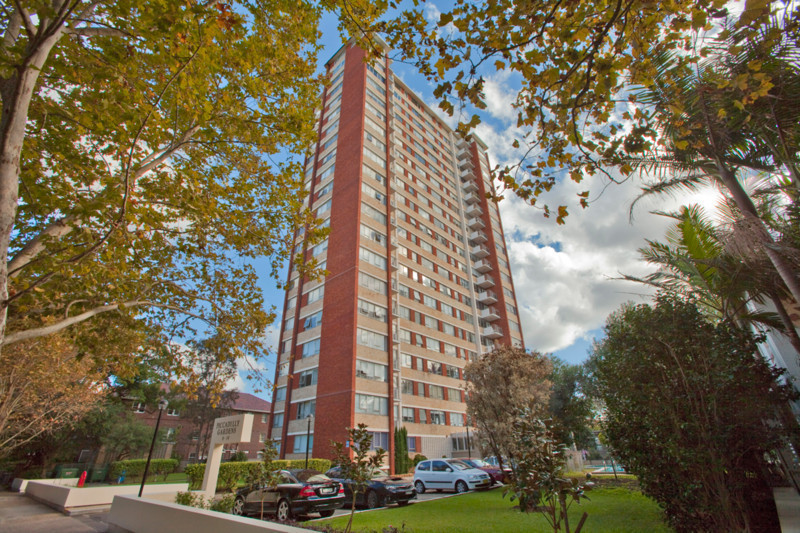
8–14 Fullerton Street, Woollahra
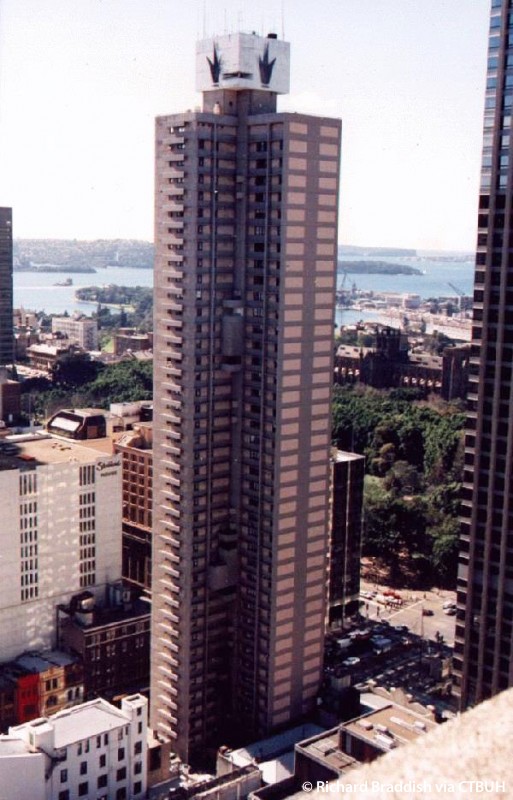
Park Regis Tower
Progress and Properties
Founded in 1955 by Tibor Balog and Michael Hershon (Hirschhorn), who both arrived from Hungary after World War II, Progress and Properties was, along with Graf’s Stocks and Holdings, among the earliest property development companies to enter the Sydney high-rise apartment scene. Going public in 1965 after earlier ventures in smaller scale flat development, Progress and Properties was responsible for a cluster of apartment towers in Darling Point, primarily along Thornton Street, ranging from 18–30 stories. The historic Retford Hall mansion was demolished to make way for these towers, and their 30-story Ranelagh Flat at 3 Darling Point Road (built in 1969) became Australia’s second tallest residential building upon completion. In North Sydney, their 23-story block at 50 Whaling Road still projects into the sky with little regard for the single-story houses adjacent, and numerous other flats and sizeable apartment blocks attributable to Progress and Properties are dotted throughout the eastern and inner western suburbs of Sydney. By the mid-1970s Progress and Properties had morphed into Dainford Holdings, which also found success on the Gold Coast, with 15 apartment towers throughout the 1980s. The tallest, the 47-story BreakFree Peninsula at 3 Clifford Street, took the title of the tallest apartment tower in Australia from Stockland’s Park Regis.
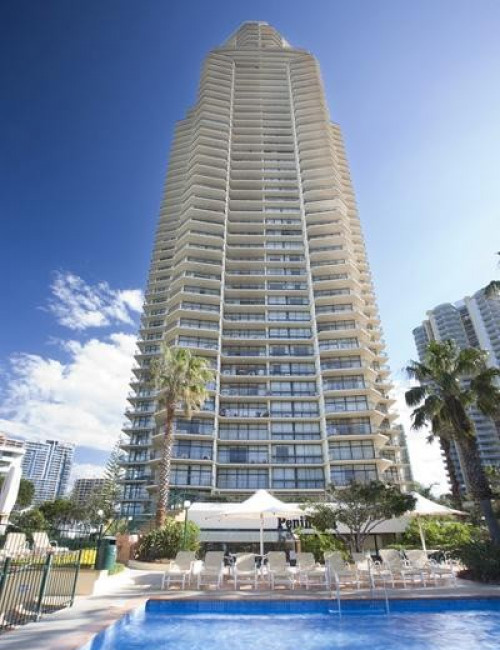
BreakFree Peninsula
Like Strasser and Frank Theeman, Hershon and his partners were among the seedier players of the Sydney property development industry. An investigation by the Sydney Tribune uncovered a number of associations between Progress and Properties and Jewish crime boss Abe Saffron,[10] and Dainford Holdings collapsed in 1991, shortly after Balog was charged with corruption relating to property dealings with the Waverly Council.[11] Further scandal surrounded Hershon, also notable as the head of a lingerie manufacturer, and he was a board member of a number of Zionist organizations and Jewish schools throughout his life.
Meriton
“I looked around and I saw cottages everywhere… I thought it was time they lived in apartments.”- Harry Triguboff[12]
Still privately owned by Harry Triguboff, the success of Meriton embodies the revolution that Australian urban form has undergone. The company has grown to become the largest apartment developer in Australia, a builder of copious quantities of low-cost units and towers in New South Wales and Queensland. The company estimates it has provided more than 75,000 apartments in Australia since its inception.[13] A mainstay of rich lists, at one point the wealthiest person in Australia, in 2020 Triguboff was the third richest person in Australia with an estimated wealth of $15.5 billion, behind only mining magnate Gina Reinhart and Jewish recycling king Anthony Pratt.[14] His Russian-Jewish family arrived in Australia via China after the war, and Triguboff founded Meriton in the late 1960s after dabbling in construction work for new flats. As rates of migration surged, Triguboff set about expanding Sydney upwards and early flats gave way to soaring apartment towers when the company hit its stride in the 1990s. By the twenty-first century, Meriton’s towers held the titles for the tallest residential buildings in Sydney and Brisbane.
The first large developer to expand high-rise towers westwards beyond Sydney’s harborside suburbs, Meriton’s commanding presence in the Sydney property market has not endeared it to critics who see Meriton’s “low-cost, high density” formula for apartments as a blight on Sydney’s urban landscape. Meriton’s tower developments were responsible for much of the tightening of Sydney’s planning laws during the Carr state government. The resulting SEPP 65 law, passed in 2002, introduced mandatory design standards for apartment developments, and allowed only registered architects to design towers.
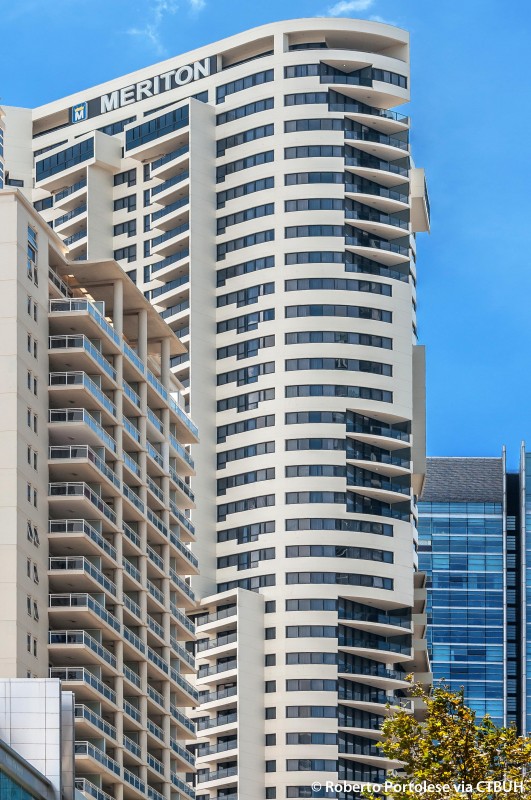
Over the years, Triguboff has allocated vast sums of his personal fortune to Jewish causes in Israel, where his parents relocated to. From funding schools to promote Bedouin assimilation, to the Shorashim project, a Rabbinical initiative dedicated to assisting Jews in proving their Jewish heritage when migrating to Israel, Triguboff’s Zionist credentials are impeccable. In 2012, the Harry Triguboff Gardens at the Rabin Centre, a library and research center in Tel Aviv, was dedicated to him for his long-term support for the Jewish National Fund,[15] an organization founded to settle and irrigate former Palestinian land. Not limited to Israeli causes, Triguboff is also a major donor to the Chabad education movement in Australia, worrying that Jewry might disappear without Jewish schooling. Triguboff’s comments on the future of the Jewish people to the newspaper The Jerusalem Post in 2013, highlight his concerns about the demographic future of the diaspora:
Diaspora Jewry would disappear, that’s why I was always very much involved with school. I wanted Jewish children to go to Jewish schools. I realized that we have to do everything we can to preserve the Jewish race. I’m very proud of it and I think it’s wonderful.[16]
Triguboff’s feelings on the people and composition of Australia are arguably less devoted. Commenting on a government proposal in 2006 for a values and language test for new migrants to Australia, Triguboff put it bluntly: “What’s more important for me—a guy who can fix my tap or a guy who can speak English?”[17]
Not surprisingly given the large migrant source of new apartment purchasers, Triguboff is a staunch supporter of “Big Australia,” having the ear of many NSW governments, and he hopes that not only are current population targets well exceeded, but that Australia’s population will quadruple to reach 100 million[18]—a proposal that, given the current source of most migrants to Australia and declining White birth rates, would lead to the effective eradication of Australia as a predominantly White country. What Triguboff, the preservationist of the Jewish race, would think of a proposal by a gentile property developer to quadruple the population of Israel, primarily through mass immigration of non-Jews and purely for his own economic gain, need not even be asked.
Mirvac
Formed later than Meriton and Stockland, Mirvac emerged from the economic crash of the 1970’s and remains one of the largest property developers in Australia. Publicly listed since 1987, Mirvac’s apartment tower projects are prominent in all major cities of the country. Founded by Jewish architect and developer Henry Pollack (born Polak), Pollack remained chairman and a major shareholder of the company until his retirement in 1996 and continued his architectural practice with Mirvac’s in-house architectural team. Born in 1922 in Lodz to Russian-Jewish parents, Pollack fled to Lithuania ahead of the advance of the German Army into Poland. Arriving in Sydney in December 1941 via China, Pollack married a local Jewish girl and jumped from career to career, holding jobs as a watchmaker, farmer, and owner of a women’s fashion store. Pollack finally found his calling in architecture after a visit to the Brussels World Exhibition in 1958; he became attracted to modernism and was bristling with a desire to break with the past:
Seeing the Brussels Exhibition … made me realise that I could join a revolutionary movement and build the future, disregarding the phlegmatic, plodding past which started with Greek columns in the sixth century BC and was still using them in twentieth AD.[19]
Predictably, the reasons invoked for this rejection of traditional western architecture are to be laid at the foot of Hitler and the Holocaust:
Watching the light and airy structures of the Brussels Exhibition, totally different from the buildings I knew, I wondered whether it was a coincidence that Hitler banished the Bauhaus and proscribed modern architecture and art. Could his murderous decisions be taken in full daylight behind clear glass walls? Modern architecture had cut all ties with the past, made the previous architectural styles irrelevant and seldom referred to them. I felt the same way; I wanted to start afresh and not be associated with continuity. I did not want a profession that had grown out of the unbearable past.[20]
Pollak began his career in the office of architect Henry Kurzer and opened his own practice in 1964. Early commissions for houses ensued, but Pollack, now in his 40s and worried about the viability of his late-chosen profession, began to seek out his own development sites to become self-reliant. His first projects as an architect/developer—blocks of flats in Lakemba in Western Sydney and Roscoe Street, Bondi—sold well and Pollack soon had numerous flat projects throughout Sydney. Among the larger projects of Pollack’s pre-Mirvac days was a 14-story block of flats, High Tor at 20–24 Rangers Road, Neutral Bay and a sprawling lot of low-rise flats at 102 St Georges Cres, Drummoyne, projects by now financed through venture partnerships, often with other Jews.[21]
Pollack’s success attracted the attention of others, and an offer of financial partnership came from the Australian Guarantee Corporation, a finance group owned by the Westpac Bank. The partnership was christened with the company name “Mirvac” in 1972. Mirvac transitioned from flat renovations during the economic downturn to high-rise towers—a 21-story tower at 80 Berry Street, North Sydney an early project—and other high-rise apartment towers in the then emerging Bondi Junction, Chatswood and North Sydney precincts soon followed. Driven by a more holistic development style than competitors like Meriton, from its inception Mirvac has distinguished itself with an up-market focus to its apartments, a luxury tower at 5 York Street in central Sydney (built in 1981) being an early example. Seemingly a focal point of Sydney’s Jewish property developers, Pollack also took part in the development of Shalom College, appointed by primary donor Frank Theeman as the architect of the complex,[22] and Jews have remained at the helm of Mirvac into the present, with current CEO and managing director Susan Lloyd-Hurwitz being appointed in 2012. In 2020, she was ranked number 2 in the Australian Financial Reviews property power players, ahead of Darren Steinberg, the CEO of investment property trust Dexus.[23]
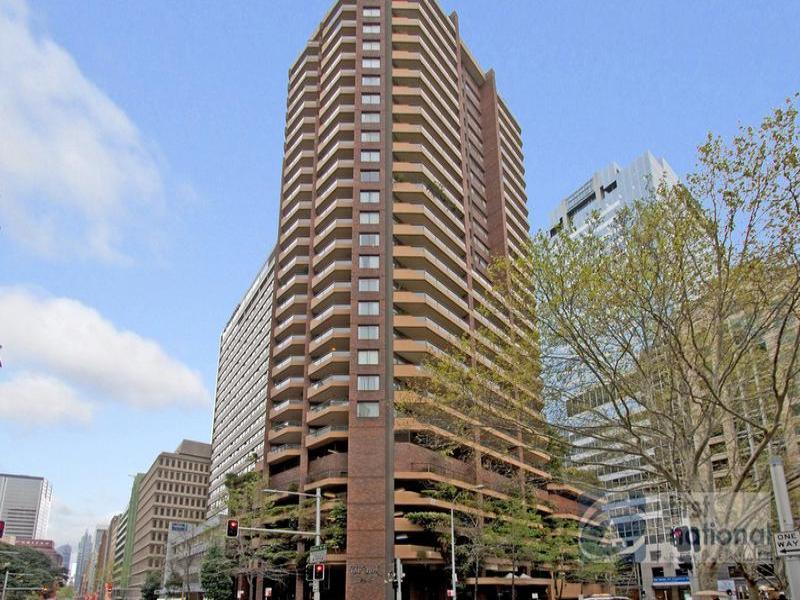
5 York Street, Sydney
Frank Theeman and the Green Bans
Born Franz Thiemann in Vienna in 1913, Theeman left Austria with his wife and arrived in Sydney in 1939 where he started a successful hosiery business, Osti Pty Ltd.[24] Theeman saw the opportunities in property under the development-friendly Askin government and began purchasing vast swathes of terraced houses along Victoria Street near Kings Cross. The properties on Victoria Street formed part of the Woolloomooloo Redevelopment Central Plan (1969), intended by the NSW state government as a new high-density precinct to replace a working-class suburb. Other Jewish developers also followed suit; Frank Lowy’s Westfield Towers on William Street was an early start, and Parkes Developments had plans for a tower over King Cross Station, while Sid Londish snatched up 9.5 acres of property in Woolloomooloo, with plans for towers to be erected over the next 30 years.[25] Theeman’s project at 55–115 Victoria Street, comprising three 45-story residential behemoths and a 15-story office tower, would have razed the historic streetscape to the ground and have dwarfed the surrounding buildings. His project instantly aroused local and much more powerful opposition, sparking one of the most controversial incidents in Australian property and criminal history.
The “Green Bans” as they came to be known, were union strike actions imposed on developments by the Builders Laborers Federation (BLF), led by Jack Mundey. Mundey, a Communist Party member, allied his union base with the middle class in a campaign to save historic Sydney sites of architectural and environmental value from redevelopment. Responding to calls from local residents aggrieved by development plans in their nneighborhood, the BLF placed Green Bans over projects, barring any union worker from participating and effectively halting construction work. The 42 Green Bans imposed in Sydney by the mid-1970s ranged from parks to expressways and high-rise towers,[26] and in July 1973 a Green Ban was placed over Theeman’s sites on Victoria Street after local opposition, including from Victoria Street resident Juanita Nielsen, who prominently railed against Theeman’s development in the pages of her local newspaper. As a newcomer to the property development industry, the Green Ban over his project cost Theeman substantially, since he was paying an estimated $16,800 a week on interest payments for the loan by 1975.[27] The stalemate drew on, and residents of Victoria Street opposing the development found themselves confronted by Sydney’s criminal underbelly. Inhabitants and squatters of the now Theeman-owned houses were intimidated by thugs alleged to have been in the pay of Theeman and violently evicted, and the head of the local anti-development group was kidnapped and terrorised into abandoning the protest. The fate of Theeman’s leading opponent, Juanita Nielsen, was the least pleasant:
On the morning of July 4, 1975, Nielsen opened the door of the Carousel Club in Kings Cross—owned by Abraham Gilbert Saffron, a man often referred to by Sydney’s racy afternoon papers as “Mr Sin.” She was supposed to be meeting a man at the club to discuss placing some ads in her paper but was never seen again.[28]
An inquest and successive attempts to uncover the story behind Nielsen’s disappearance and presumed murder have come up empty. The case is now infamous in Sydney crime history; newspaper articles and books speculating on her disappearance continue to be published to this day. Abe Saffron is alleged to have loaned money to Theeman to fund his project, but Theeman denied having any role in Nielsen’s disappearance and little more than allegations were ever laid at his feet during his later life. Eventually the Green Ban was lifted and a smaller 15-story development was completed instead, one that left the Victoria Street streetscape largely intact, punctuated now only by minor apartment blocks like 145 Victoria, designed by Jewish architects Henry Kurzer and Henry Haber. The efforts of the BLF saved the Woolloomooloo precinct and countless other areas throughout Sydney from high-rise redevelopment, and it has persisted as a low-density historic suburb of Sydney to this day.
The Reign of Seidler
The contribution of Jewish architects to the new era of flats and apartments in Sydney bring forth the names of Hugo Stossel of H. Stossel and Associates from Hungary, another leading designer of flats and towers, the firm Lipson and Kaad, and other names, such as Stephen Javor, Alexander Kann, Hans Peter Oser, Ervin Mahrer, Aaron Bolot and Henry Epstein—all again overshadowing gentiles in the growing flat and high-rise industry. Highlights from Aaron Bolot from Russia include the Wylde Street Cooperative Apartments built in Potts Point in 1950, a striking early modernist design that has attained a similar place in architectural annals to Stanhill in Melbourne, and the 12-story Quarterdeck Apartments in Carabella Street, Kirribilli, another early tower by Lend Lease (built in 1960) which demolished the historic home of Australia’s first prime minister Edmund Barton. With these Jewish architects, the earlier Art Deco and Spanish Mission Style used for the design of inter-war flats was driven out in favor of Modernism and the International Style. None of these names however come close in fame and recognition awarded to Australia’s most famous Modernist architect, if not the most famous Australian architect since 1945, Harry Seidler, a major proponent of high-density living whose concrete towers would come to define the skyline of Australian cities.
Born to a Jewish family in Vienna in 1923, Seidler spent time as an enemy alien in a British internment camp, leaving Austria in 1938. Seidler studied under Marcel Breuer and Walter Gropius in New York at the Harvard Design School and, after forays in New York and South America, he was persuaded by his parents to design their new Sydney home, whereupon he decided to stay. Finding early work designing controversial modernist houses, more often than not for migrant Jewish clients, Seidler designed countless blocks of flats, iconic examples including Ithaca Gardens and Vaucluse Waters, and transitioned into larger and larger projects, utilising new prefabricated concrete techniques. Seidler was conscious of the existing prejudice against flats, which he attributed to the low-quality architectural styles of existing flats built by developers like Parkes, and he set out with a desire to shift Sydney away from suburbia to high-rise “Wohnmaschinen”[29] consistent with his Bauhaus training.
Seidler teamed up with Meriton and other developers later in life, but he is most notable for his partnership with Lend Lease founder, Gerardus “Dick” Dusseldorp, with whom he collaborated on Sydney’s soaring new towers, designed true to the Modernist ideal: concrete boxes to work in and glass and concrete boxes to live in. A gentile migrant from the Netherlands, Dusseldorp’s background in many ways mirrors the story of the post-war Jewish migrants. Born in Utrecht in 1918, Dusseldorp was conscripted into forced labor by Germany during World War II, spending time in labor camps in occupied Poland, and arrived in Australia in 1951, directed by the Dutch building company he worked for to find new development opportunities away from war-torn Europe. Like Seidler and other Jewish developers and architects, his foreign upbringing similarly lent him an unfamiliarity with the cultural mores of Australia and a worldly mindset that manifested itself as a dislike of the parochial nature of 1950s Sydney. His construction company Civic and Civic, later growing into the multinational developer Lend Lease, would become yet another pioneer of high-rise residential and office towers in Sydney, and it was Dusseldorp and his company who drafted the bill and spearheaded the effort to introduce Strata Title reform in New South Wales, via the Conveyancing (Strata Titles) Act of 1961.[30]
The consistent lobbying effort of both Seidler and Dusseldorp was also successful in removing the old 12-story height limit in the central city,[31] replacing it with a generous floor space ratio (FSR) that allowed much taller towers to proliferate, ultimately transforming the traditional form of Sydney’s central business district. Together they produced Sydney’s landmark modernist towers—Australia Square, MLC Centre, Capita Centre, and Blues Point Tower. Perhaps Australia’s ugliest apartment tower, Blues Point occupies prime Sydney real-estate, situated on the edge of a peninsula opposite the harbour bridge, a blight on the landscape for all to see. Blues Point was the only tower built in the failed McMahons Point redevelopment, which proposed 29 towers across the peninsula. Seidler defended his work in classic Seidler style, berating Blues Points critics as “illiterate, insensitive, and uneducated.”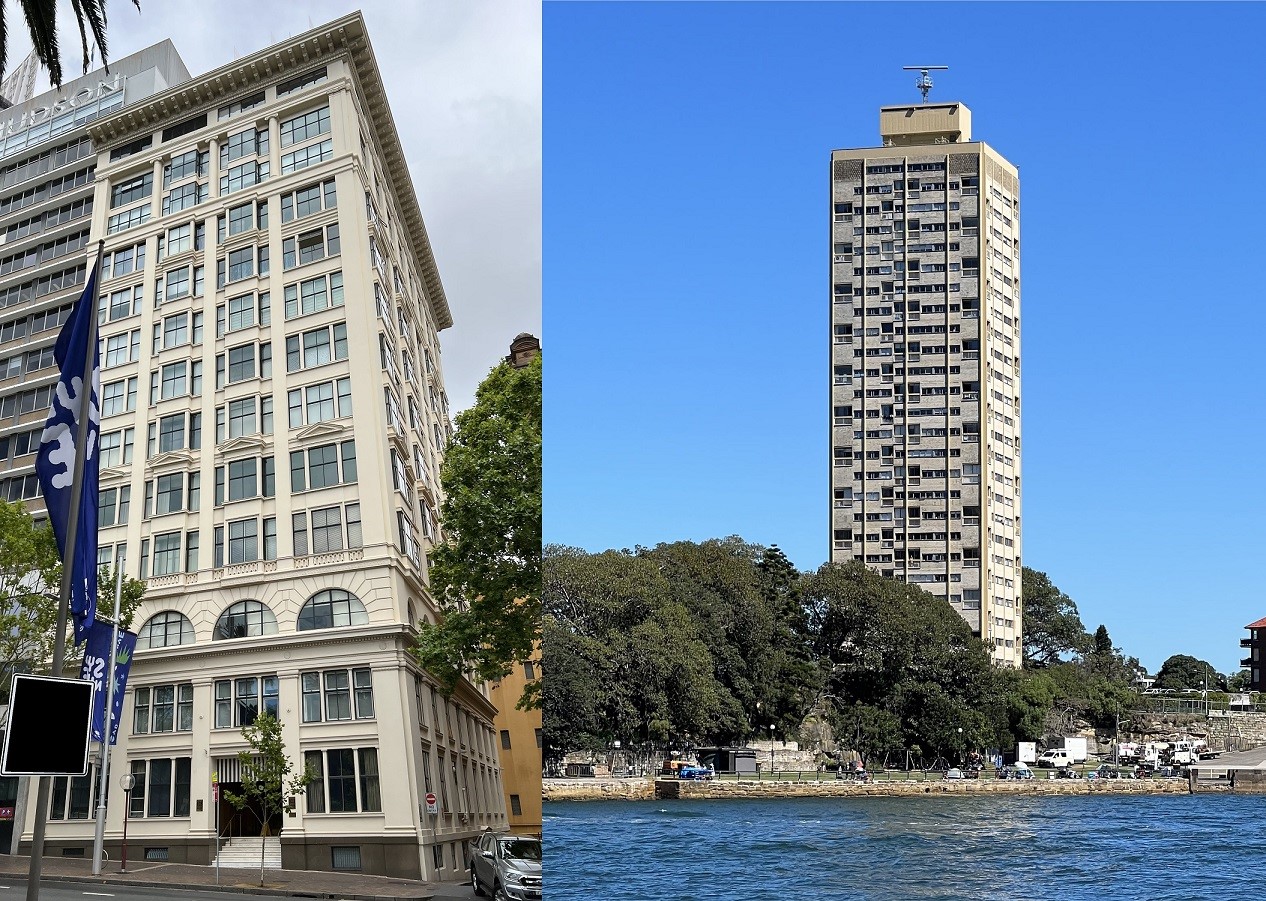
The Astor and Blues Point
Seidler’s disparaging views about the Australia he arrived in, the harsh rhetoric against his critics, and his battles with local councils over his outlandish modernist designs have become almost architectural folklore:
Each new project resulted in a fight with councils filled with people Seidler disparaged, variously, as ‘butchers and grocers’ who made ‘idiotic judgments’ on aesthetics and couldn’t read sophisticated plans.[33]
Once describing the Australian architectural scene as a “backwater, a provincial dump,”[34] Seidler’s snobbery and disdain for anything traditionally Australian extended to believing that nothing ever built in Australia was worth a heritage listing.[35] To make way for the MLC centre, the century-and-a-half old Theatre Royal and the Australia Hotel were razed to the ground in one of Sydney’s worst heritage crimes, and Seidler once called for the demolition of Sydney’s iconic Queen Victoria Building, calling it “an architectural monstrosity, a wasteful, stupid building.”[36] Siedler, like Graf and Pollack, was critical of walk-up flats, seeing the trend as a poor urban outcome and more often than not devoid of architectural quality. But this opposition ran counter to the direction of mainstream Australian sentiment, seeing the solution to the walk-up problem as promoting even higher densities, rather than restricting flats.
Conclusion
Parkes Developments and Progress and Properties may have disappeared, but Harry Triguboff’s Meriton still rules the roost in Sydney apartment developments, a role supplemented by a property development elite who leverage a large influence on the NSW political scene through lobbying groups such as the prominent Urban Taskforce or the Property Council of Australia. With a high proportion of Lebanese and Chinese, as well as Jewish players, this developer elite is marked by a meagre presence of individuals descended from Australia’s founding stock. Not much has changed in the reputation of property developers in Sydney since the years of the alleged collusion of Paul Strasser and the Askin government in the 1970s, as they continue to be plagued with regular occurrences of corruption and scandal. Land transactions are a common target for official investigation into corrupt dealings with local councils or the state government. Property developers have been banned from donating to NSW political parties since 2009 but have found plenty of other measures for the plundering of Australia’s cities and livelihood. Chief among these is the promotion of mass immigration, a policy consistently advocated for by the Urban Taskforce in the face of all evidence of its crippling effect on Australia’s GDP per capita, let alone on its culture and demographic makeup. The Taskforce continues to push for a “rapid return” of Australia’s extraordinarily high migrant intake program in the aftermath of the COVID-19 pandemic.[37] Comprising 10 members, Lebanese and Jewish members easily outnumber the White Australians on the Executive Committee of the Urban Taskforce[38], leaving little wonder why this group, so unrepresentative of Australia’s demographics, is so hostile to the continuation of the Australian people as a cohesive entity.
Go to Part III.
[1] For a detailed account of the New South Wales’s government efforts against flats pre-1939, see Thompson 1986, op. cit., p.25-67.
[2] Ibid., p.45.
[3] Ibid., p.285.
[4] Ibid., p.180.
[5] Mainline and Home Units of Australia, neither of which survived the 1970s downturn; and HUA was far from a local, founded by itinerant Englishman Syd King.
[6] C. Butler-Bowden & C. Pickett 2012, ‘Strasser, Sir Paul (1911—1989)’, Australian Dictionary of Biography, retrieved from https://adb.anu.edu.au/biography/strasser-sir-paul-15741.
[7]M, Wilson, ‘How Parkes eased a burden’, Sydney Morning Herald, 19 March 1977, p.49.
[8] C. Cummins, ‘Architect whose faith in property’s potential paid off’, Sydney Morning Herald, 29 July 2002, retrieved from https://www.smh.com.au/national/architect-whose-faith-in-propertys-potential-paid-off-20020729-gdfhqk.html.
[9] D. Jellie, ‘A 60’s Icon Turns 40’, Sydney Morning Herald, 22 November 2007, retrieved from https://www.smh.com.au/lifestyle/a-60s-icon-turns-40-20071122-gdrnkp.html
[10] Sydney Tribune, “A Tribune Investigation,” 28 March 1984, p.16
[11] R. Harley, ‘DEVELOPER, PLANNER SENT FOR CORRUPTION TRIAL’, Australian Financial Review, 29 August 1992, retrieved from https://www.afr.com/property/developer-planner-sent-for-corruption-trial-19920819-k52a5
[12]Sydney Morning Herald, ‘Triguboff and the new Great Australian Dream’, 24 November 2010, retrieved from https://www.smh.com.au/business/triguboff-and-the-new-great-australian-dream-20101124-1868h.html
[13] ‘About Meriton’, Meriton, retrieved from https://www.meriton.com.au/about-us/
[14]Rich List 2020, Australian Financial Review. Retrieved from https://www.afr.com/rich-list
[15] ‘Triguboff Gardens Dedicated at Yitzhak Rabin Center in Tel Aviv’, KKL-JNF, 9 September 2012, retrieved from https://www.kkl-jnf.org/about-kkl-jnf/green-israel-news/september-2012/rabin-center-triguboff/.
[16] I. Evyatar, ‘Spotlight: Building Jewish Identities’, Jerusalem Post, 4 July 2013, retrieved from https://www.jpost.com/features/front-lines/spotlight-building-jewish-identities-318797
[17] A. Cennell, ‘Triguboff: Let’s Trade Trees for Homes’, Sydney Morning Herald, 11 October 2006, retrieved from https://www.smh.com.au/national/triguboff-lets-trade-trees-for-homes-20061011-gdokmv.html
[18] ‘Population to hit 50 Million by 2050: Triguboff’, Sydney Morning Herald, 25 January 2020, retrieved from https://www.smh.com.au/national/population-to-hit-55m-by-2050-triguboff-20100125-mt45.html
[19] H. Pollack 2001, The Accidental Developer, The Fascinating Rise to the Top of Mirvac Founder Henry Pollack, ABC Books, Sydney, p.193.
[20] Ibid., p.195.
[21] Ibid., p.241.
[22] According to Pollack, Theeman abandoned his involvement in the project upon being told it would not earn him a knighthood, Ibid., p. 234.
[23] N. Lenaghan, ‘New kids on the block join 2020’s property power players’, Australian Financial Review, 1 October 2020, retrieved from https://www.afr.com/property/commercial/new-kids-on-the-block-join-2020-s-property-power-players-20200819-p55n6f.
[24] G. N. Hawker 2012, ‘Theeman, Frank William (1913—1989)’, Australian Dictionary of Biography, Retrieved from https://adb.anu.edu.au/biography/theeman-frank-william–15666
[25] Shirley Fitzgerald 2008, ‘Woolloomooloo’, Dictionary of Sydney, retrieved from https://dictionaryofsydney.org/entry/woolloomooloo
[26] See Green Bans 1971-1974, retrieved from https://www.greenbans.net.au/green-bans-1971-74
[27] G. N. Hawker, op. cit.
[28] A. Clark, ‘The man who reshaped Australia’, Australian Financial Review, 16 May 2020, retrieved from https://www.afr.com/life-and-luxury/arts-and-culture/the-man-who-reshaped-australia-20200514-p54sxt.
[29] “Living-machines.”
[30] Thompson 1986, op. cit., p.123-137.
[31] E. Farrelly 2021, Killing Sydney – The Fight for a City’s Soul, Pan Macmillan Australia, p.36.
[32] ‘Towering Ambition’ Sydney Morning Herald, 28 September 2002, retrieved from https://www.smh.com.au/entertainment/art-and-design/towering-ambition-20020928-gdfoao.html.
[33] J. Power, ‘Harry Seidler, the ‘great disruptor’ of modern Australian architecture’, Sydney Morning Herald, 11 January 2021, retrieved from https://www.smh.com.au/national/nsw/harry-seidler-the-great-disruptor-of-modern-australian-architecture-20201215-p56nim.html
[34] ‘When Harry met Sydney’, Sydney Morning Herald, 10 March 2006, retrieved from https://www.smh.com.au/national/when-harry-met-sydney-20060310-gdn4g9.html
[35] Farrelly, op. cit., p.220.
[36] ‘Tear down this City Horror’, The Daily Mirror, 26 September 1961, retrieved from https://fabsydneyflashbacks.blogspot.com/2021/09/1961-harry-seidler-calls-for-demolition.html
[37] ‘Developer Lobby demands “rapid return” of mass immigration, Macrobusiness, 21 September 2021, retrieved from https://www.macrobusiness.com.au/2021/09/developers-lobby-demands-rapid-return-of-mass-immigration/
[38] See Urban Taskforce Executive Committee, retrieved from https://www.urbantaskforce.com.au/about-us/urban-taskforce-executive-committee/
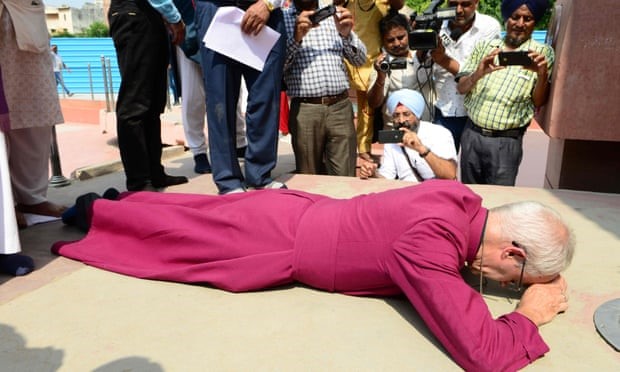 The archbishop of Canterbury, Justin Welby, lies on the ground at the Jallianwala Bagh memorial. Photograph: Narinder Nanu/AFP/Getty Images
The archbishop of Canterbury, Justin Welby, lies on the ground at the Jallianwala Bagh memorial. Photograph: Narinder Nanu/AFP/Getty Images
